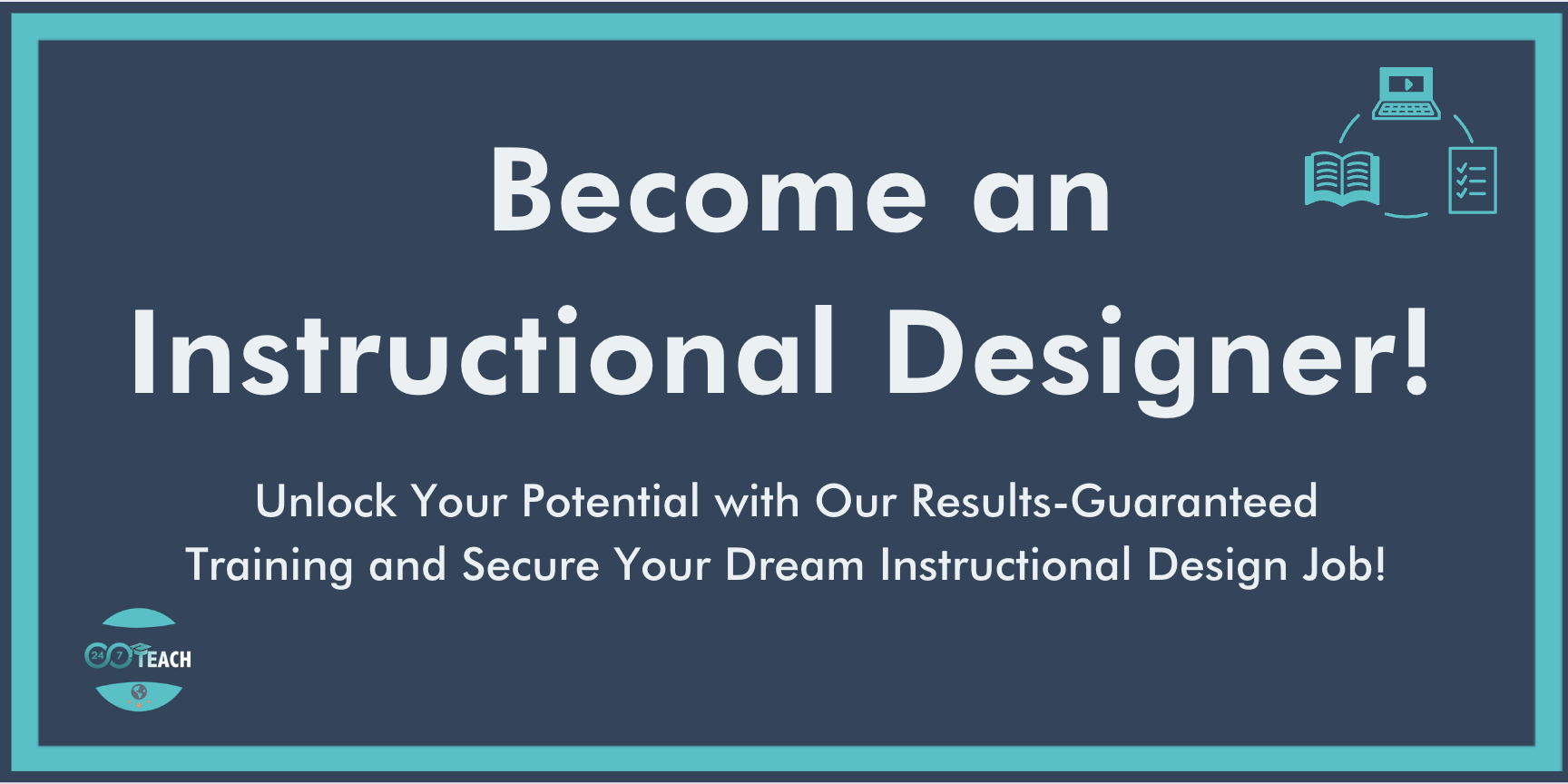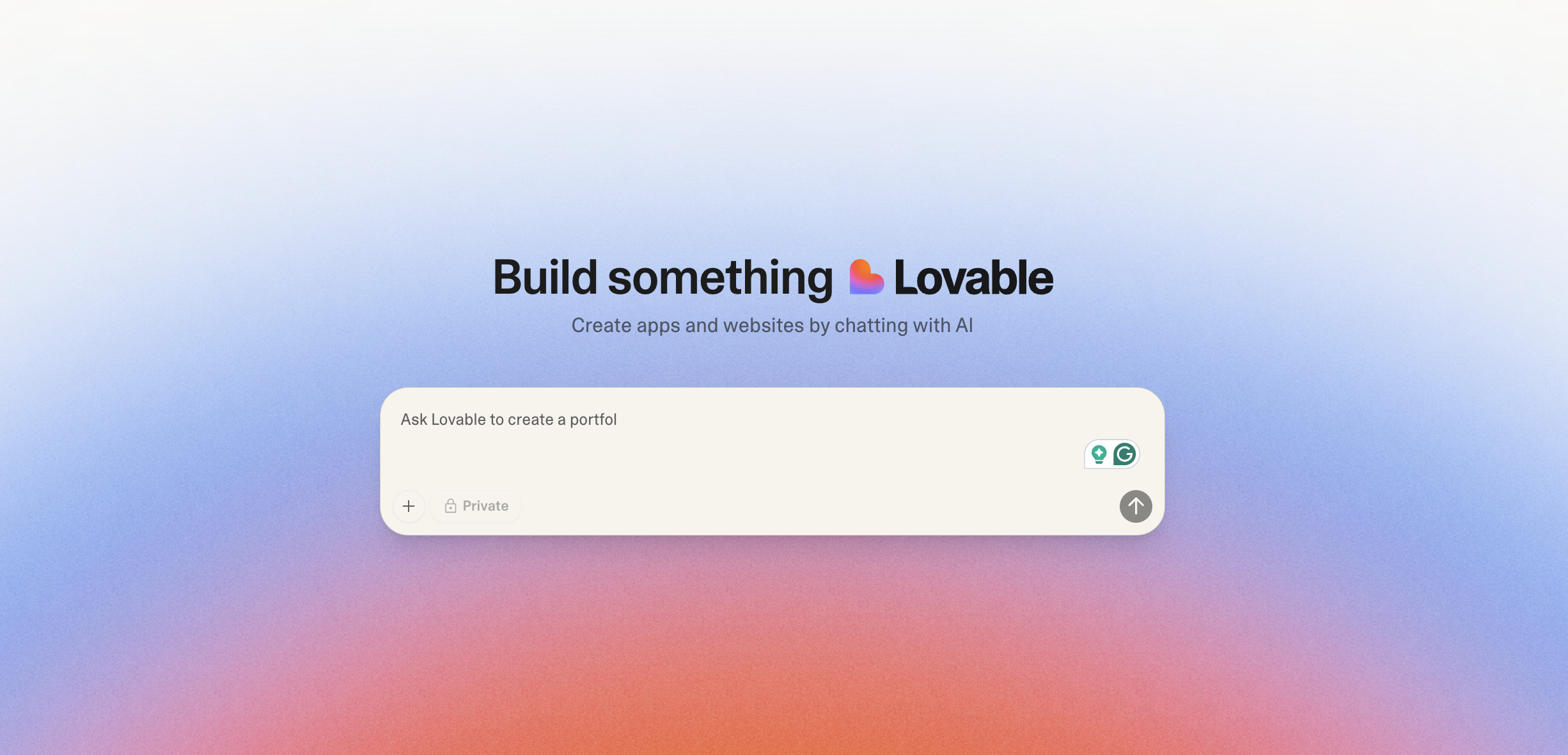Creating Effective Job Aids: A Comprehensive Guide
By Anthony Miller
Instructional Designer and Hiring Manager
Prefer to listen to this post? Click below.
Learning in the Moment of Need:
In the rapidly evolving landscape of work and education, the importance of effective job aids has never been more pronounced. Job aids, as practical tools and resources, facilitate on-the-job learning and performance support. They enhance productivity, ensure quality, and bridge knowledge gaps. This guide, tailored for educators, instructional designers, and professionals at 24/7 Teach, outlines the principles and practices of creating job aids that genuinely make an impact.
Understanding Job Aids:
Job aids are any information, documentation, or instructions that improve understanding or performance on tasks by providing a more straightforward way to accomplish them. They can range from checklists and flowcharts to infographics and digital applications. The essence of a job aid is its ability to provide just-in-time learning, supporting individuals in executing tasks efficiently and effectively without memorizing complex procedures.
The Value of Job Aids
Performance Support: Job aids provide immediate access to information necessary for task completion, enhancing performance and productivity.
Learning Retention: They help retain information by offering reference points, thus reinforcing learning.
Reduction in Training Time: By providing on-the-job assistance, job aids reduce the need for extensive training sessions.
Consistency and Quality: They ensure tasks are performed consistently, adhering to standards and reducing errors.
Designing Effective Job Aids:
Creating job aids that are both effective and engaging requires a blend of instructional design principles and an understanding of the target audience's needs. Here’s how you can design job aids that stand out:
Identify the Need: Start by identifying the gap the job aid should fill. Is it a complex process that needs simplification or a task that requires precision? Understanding the need will guide the format and content of the job aid.
Understand Your Audience: It is crucial to know your audience's skills, knowledge level, and preferences. A job aid designed for seasoned professionals might look very different from one designed for novices. Consider the context in which they will use the aid and any limitations they might face.
Choose the Right Format: Select a format that best suits the information and the users. Common formats include:
Checklists: For tasks that require completion of specific steps.
Flowcharts: For processes involving decision points.
Step-by-step guides: These are for complex tasks that need detailed instructions.
Quick reference guides: For information that needs to be frequently accessed.
Focus on Clarity and Usability: The information in your job aid should be clear, concise, and easily digestible. Use bullet points, headings, and numbered lists to organize content. Visual elements like icons, diagrams, and colors can enhance understanding and retention.
Test and Iterate: Before finalizing your job aid, test it with a segment of your target audience. Gather feedback on its usability and effectiveness and make necessary adjustments. This iterative process ensures the job aid meets its intended purpose.
Best Practices for Implementing Job Aids:
To maximize the impact of job aids, consider the following best practices:
Accessibility: Ensure job aids are easily accessible at the moment of need. Digital job aids should be mobile-friendly and available offline if necessary.
Integration with Training: Job aids should complement formal training, acting as tools for reinforcement and application.
Continuous Improvement: Regularly review and update job aids to reflect processes, technologies, and user feedback changes.
Encourage a Culture of Use: Foster an environment that encourages using job aids as a part of continuous learning and improvement.
Examples of Effective Job Aids:
To illustrate, let's consider a few examples where job aids can significantly improve performance and learning outcomes:
Software Development: A checklist for code review standards can help developers ensure quality and consistency.
Customer Service: A flowchart for handling customer complaints can guide representatives through the process, ensuring a standardized and efficient response.
Healthcare: A quick reference guide for drug interactions can provide nurses immediate access to critical information, enhancing patient safety.
Leveraging Technology in Job Aids:
The digital era offers vast opportunities to innovate with job aids. Interactive PDFs, mobile apps, augmented reality (AR), and virtual reality (VR) reshape how information can be accessed and applied. For instance, AR can overlay step-by-step repair instructions on the actual machinery for a technician, making complex tasks more manageable. Similarly, mobile apps can provide on-the-go access to training modules, checklists, and guides, supporting a mobile workforce.
Customization and Personalization
Customization and personalization of job aids can significantly enhance their effectiveness. By leveraging data analytics and AI, job aids can be tailored to meet users' individual needs and learning styles. For example, an adaptive learning platform can suggest personalized job aids based on a user's performance and preferences, ensuring they are always relevant and impactful.
Collaboration and Sharing
Encouraging collaboration and sharing of job aids within organizations can foster a culture of learning and continuous improvement. Platforms that allow users to contribute, share, and rate job aids can enhance the quality and relevance of the resources available. This collaborative approach democratizes knowledge within the organization and encourages innovation and best practice sharing.
Measuring Impact
To truly understand the effectiveness of job aids, measuring their impact on performance and learning outcomes is crucial. Key performance indicators (KPIs) such as time saved, error rates, and user satisfaction can provide insights into their value. Regularly assessing these metrics can help refine job aids and demonstrate their return on investment (ROI).
Future Directions
As we look to the future, the role of job aids in education and training will continue to evolve. Emerging technologies like AI, machine learning, and natural language processing will enable more sophisticated, context-aware job aids. These advances will allow for real-time assistance and feedback, further bridging the gap between learning and application.
In the quest for innovation, keeping the learner at the center of the design process is essential. Job aids should be technologically advanced but also human-centered, addressing users' real-world needs and challenges.
Bringing It All Together:
In conclusion, creating effective job aids is a dynamic and ongoing process that requires understanding, creativity, and a commitment to excellence. By adhering to the principles outlined in this guide, educators, instructional designers, and professionals can create job aids that enhance performance and productivity and contribute to the broader goals of education and career success.
As we continue to navigate the complexities of the modern world, job aids stand as a beacon of support and guidance, empowering individuals and organizations to achieve their full potential. Let us embrace these tools with enthusiasm and creativity, for in them lies the power to learn, grow, and transform our collective future.
Discussion Question:
Join the conversation and participate with the 24/7 Instructional Design community by answering the DQ in the comment section below:
How can job aids be personalized to cater to diverse learning styles and environments without compromising on their effectiveness and accessibility? Share your experiences or ideas on creating adaptive job aids that can serve a wide range of learners in various contexts.
Need Guidance on Navigating the Shift to Instructional Design?
Before You Go...
Discover the Unmatched 24/7 Teach Experience:
Our Instructional Design bootcamps and career coaching services have a 100% success rate. We redefine learning by immersing you in practical, hands-on projects, ensuring you acquire vital professional expertise while making a meaningful difference in your community.
Unlock your true potential today with 24/7 Teach and invest in your future.











